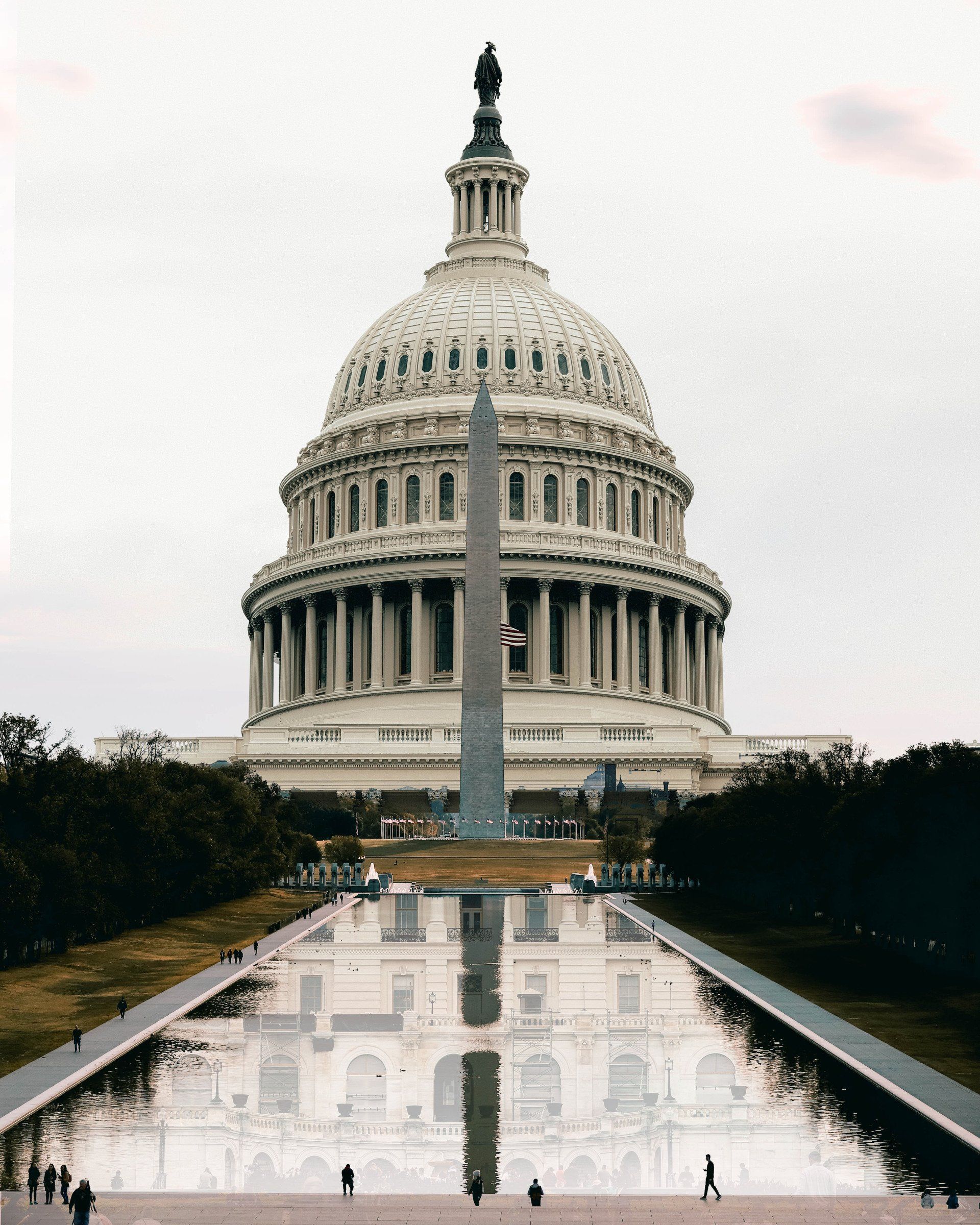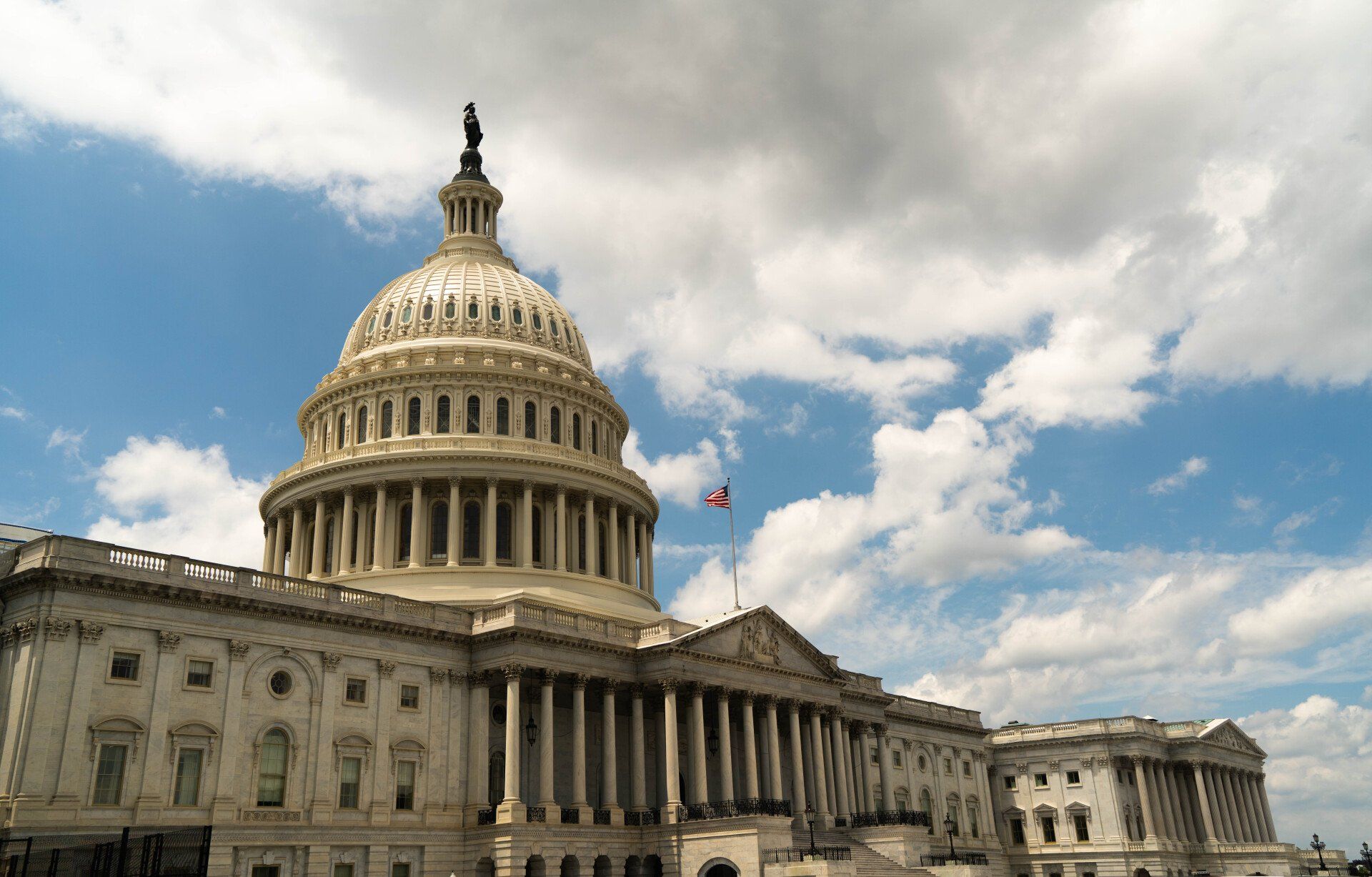Strategies to Impact Congress: The “End Game” for the Next Five Months
The Second Session of the 117th Congress ends New Year’s Eve, December 31st, 2022, and for the next five months there are significant impacts in the process to achieve funding and policy outcomes. Many of these decision points are due to the Congressional appropriations and authorization requirements, which will influence military and defense positions. Congress will also be pushing for results prior to the upcoming National US election cycle on November 8th. “Positioning” for majority rule is already well underway in both parties within the Congress. The totals of retiring or resigning Members in the House and Senate now total over 50, which is approaching 10% of the 535 Members. This change is compounded by the addition of new US House and Senate Members, and their professional staffs in the last two months of the year. This all points to a “perfect storm” developing this Fall. These changes in Congress will most likely lead to changes in legislative initiatives, funding levels, and changes in policy.
There are three critical points in the coming “End Game” for this Congress on all legislation and policy: First, the period from June through now, the August “recess”; Second, the Fall period, including the start of the Congress from September 6 through the beginning of the Fiscal Year, October 1, and the National elections, November 8th ; Third, the organizing period for the 118th Congress and resolution of all legislation for this year (as they “die” at the end of the Session) from the day after, November 9th through December 31st. For each phase, new approaches are evident in the process. These include:
- The concept of “Advanced Appropriations”: At the start of the Pandemic and throughout this year, bills that have passed and been signed into law, as well as pending large bills on a variety of issues, contain funding levels beyond the present Fiscal Year. In some cases, the next five or six years now have residual appropriations levels within agencies for various programs. This process avoids the “usual” yearly appropriations cycle, and plays havoc with the authorization process, whether it is defense or non-defense programs.
- The majority in the Congress has relied heavily in the House Rules Committee to control the final changes to legislation in a very constricted floor final consideration for bills. In the case of major legislation, such as the National Defense Authorization Act (NDAA), in which amendments are considered in this Committee, these decisions are made by leadership. In the case of the US Senate, amendments are proposed, but are dealt with by leadership in a very narrow decision making process with limited numbers of Members and professional staffs.
- Creating multi-thousand-page bills and avoiding committees of jurisdiction for consideration of relevant provisions has become routine. Throughout this Congress, bills such as the COMPETES Act, the Build Back Better Act, and many others provide an opportunity to include provisions that go beyond the original introduction of the bill. While the leadership has input in the process, usual at the subcommittee level, committee review and passage of these provisions are ignored. It becomes very complex for outsiders to review thousands of pages of language in a timely manner, unless one knows the process well.
Taking each of the three critical phases described above for the “End Game,” they include distinct strategies for positive outcomes. These include:
Prior to Summer Recess Period
- Most of the major bills yet to be decided, such as the NDAA as well as the major FY2023 Appropriations bills, will be “marked up” (created) within very specific subcommittees and forwarded to full committees for final consideration. In past year’s bills such as these, are “positioned” for floor votes prior to the August recess and the issue of strategic influencing becomes one involving inclusion of REPORT language for directives to agencies on policy programming, or funding levels of projects.
- Most of the States have already held their primary elections. Election results for those Members in the House and Senate running in the 2022 cycle will have an influence on outcomes in the Congress. While losers still retain voting and membership through the end of the year, these are crucial decisions to review. Elections and fundraising have key impacts during this period as well.
- During this period, the House and Senate have very limited time in Session for decision-making. Knowing when they are in Washington, DC, who to contact and what to present are keys, as leadership and top professional staffs hold the positions of input critical to outcomes.
Fall Period after Labor Day Until Elections
- September 6-30 is the most intense period for a Congressional session. The pressures of the end of the current FY for Federal budget decisions and expiring provisions in reauthorization laws (such as the National Flood Insurance Program) are tremendous.
- The campaign season is in full “swing” during this period. Perhaps as many as 50-70 House Members and 10-12 US Senate members could change and determine the margin of majority rule for the next two years (118th Congress, 2023-2024). Since the margins now are 50-50 in the Senate and about 221-208 in the House (with 6 vacancies), these are critical times. Most of October will be taken up with campaigning and as of now only the Senate is in session October 11-21, 2022.
- Key policy issues for the next Congress are being presented and considered by various entities, including GOP Policy professionals and both party leaderships. Proposed positions on legislation and proposed changes to regulations and laws are being identified for possible consideration in 2023. Couple this forward-looking activity with influencing the next FY (FY2024) with these levels of funding and program decisions being finalized at the Office of Management and Budget (OMB) and the White House.
The Day After the Elections through the End of the Year
- November 9th on is the organizing period for the 118th Congress. Decisions will be made on leadership, at both the Committee and subcommittee level. Changes will also be felt as previous members and their staff leave and new members arrive. New staffs abound.
- There are critical decisions to be made by existing 117th Congress leaders on passing and considering pending legislation. This is a very complex period that includes many bills, amendments, and related policy issues to be resolved.
In these final five months, knowing what to present, when to maximize requests, who to meet with, and how best to follow up on all actions for final and positive outcomes are keys to success. Are you prepared? The McKeon Group is!




